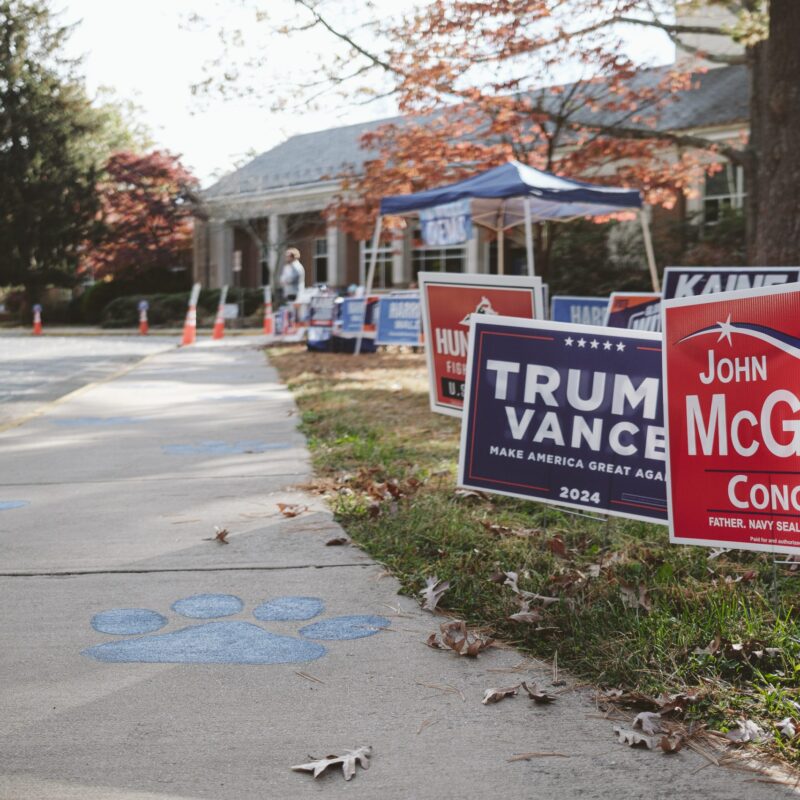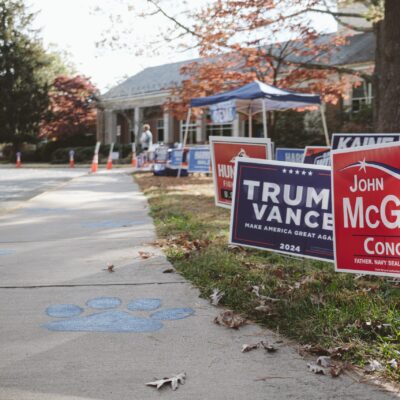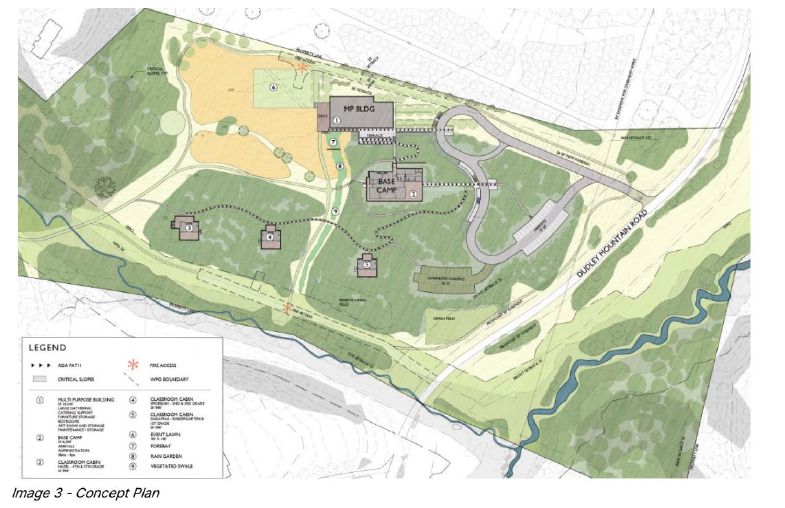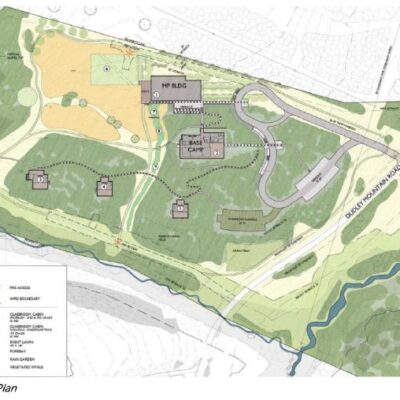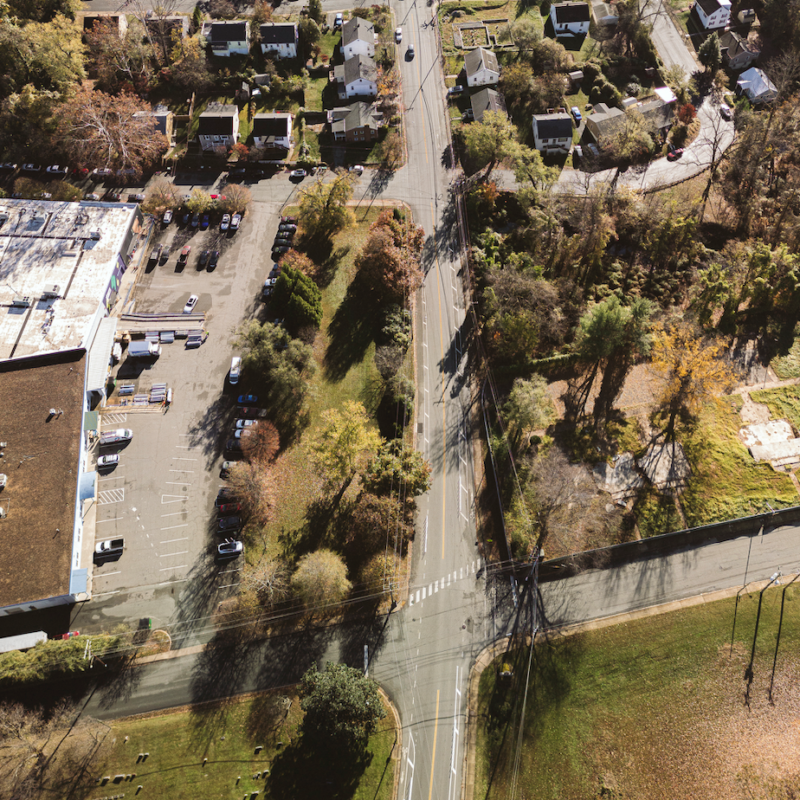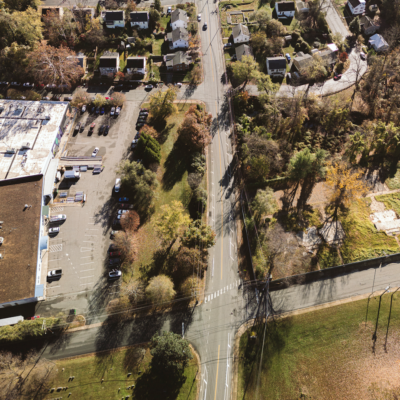It’s way too early to be speculating about the Fiscal Year 2008 City Council budget (FY08), which will be completed in April and won’t take effect until July of next year. But, a presentation from Public Works showing nasty pool pump rooms, cracking sidewalks and a crumbling Belmont Bridge, among other horrors, has reminded councilors about all the maintenance needed in the city.
 |
| A sanitary sewer at Sunset Avenue overflows. City Council will tackle maintenance problems like this when formulating the 2008 budget. |
In a slide show, Director of Public Works Judy Mueller scrolled through photos of the dangerous-looking Circuit Court wheelchair lift, sanitary sewers overflowing, the shoddy facilities at Venable Elementary, the dank Smith Pool pump room, and many more.
But, Councilor Kevin Lynch says it’s not as bad as it seems. Last year, Council tripled monies for sidewalks to $300,000. And, following the $8.5 million rehabilitation of Charlottesville High School last year, Lynch says steady progress is being made on school improvements.
And, apparently, it’s not too late to improve some of the icky sites from the slide show within this fiscal year. “A number of the things that are in that report are things that we’ve already appropriated monies to fix,” Lynch says.
Still, some of this year’s problems will plague the City into the next budget. Part of the budget game is balancing “new stuff” with maintaining the City’s existing facilities. “We may see some service increases in terms of transit,” Lynch says. “But in terms of where we are spending major dollars, we do have a backlog of things to fix.”
Lynch’s biggest hope for getting through FY08 is some legislative rejiggering of the local property tax system. Right now, residential, rental and commercial real estate are lumped together into one category, meaning when one type of property gets tax relief, they all get tax relief. The plan, which would require enabling legislation from the General Assembly, would differentiate between residential/rental and commercial real estate. This would allow localities to provide greater relief for homeowners and skip tax breaks for commercial owners, whose properties haven’t been increasing that much anyway.
“It’s a fairness issue because we have to pay for all of these services,” Lynch says. “And over the past five years, the proportion that’s paid by commercial real estate has declined proportionally to what’s being paid by homeowners.”
